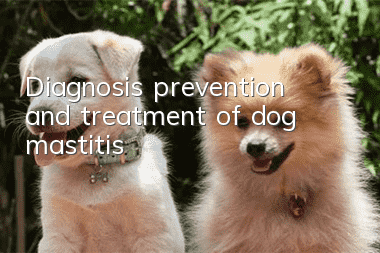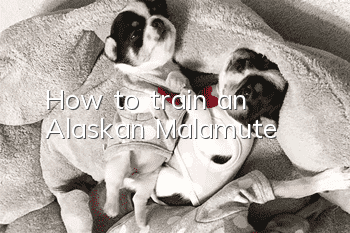Diagnosis, prevention and treatment of dog mastitis

Causes of dog mastitis:
1. The main pathogenic microorganisms causing mastitis include Staphylococcus aureus, Streptococcus aureus, Corynebacterium pyogenes, Escherichia coli, etc. Invasion through the nipple or nipple skin wound, or caused by infection in other parts of the body, may be transferred to the breast along with the bloodstream, such as acute endometritis.
2. After weaning, stagnation of milk can also cause the occurrence of this disease. Moisture and uncleanness of the delivery bed are often the causes of this disease.
Symptoms and diagnosis of dog mastitis:
1. In catarrhal mastitis, the breasts are swollen, the skin is flushed, hot and painful to touch, and the amount of milk is reduced. The milk drops sharply and the milk is thin and contains flocculent flakes.
2. In purulent mastitis, the milk is light yellow or yellow-red watery, containing pus or blood. Sometimes an abscess forms in the diseased breast. After the abscess ruptures, gray-black pus is discharged, containing fragments of necrotic tissue. The sick dog is depressed and has no appetite. It often abandons its offspring and lives alone in a corner to lick and suck its breasts. Nursing pups may suffer from diarrhea, fever, or death.
Prevention and treatment of dog mastitis:
1. Clean the breasts regularly and express the milk. In the early stage, apply cold compress to red, swollen, hot, and painful breasts, and use 5 to 10 ml of 0.25% to 0.5% procaine solution to seal the breast base.
2. Select sensitive antibiotics based on pathogenic bacteria. Such as penicillin, erythromycin, tetracycline, lincomycin, etc.
3. In the later stage, hot compresses can be used. 10% to 20% magnesium sulfate solution is commonly used. Ichthyostatin or camphor liquor preparations can also be applied externally.
4. When there is an abscess in the breast, the pus can be incised, flushed, and drained, and open therapy can be performed.
- What are the training techniques for Shiba Inu?
- Can dogs drink Huoxiang Zhengqi water?
- What do you need to prepare your Husky for a bath? How many steps does taking a bath have?
- What to do if your dog has rhinitis
- Reasons why Labradors are obese
- What are the symptoms of a severely frightened dog?
- How to raise an ancient shepherd dog
- Do Chuanchuan dogs only recognize one owner?
- Is it a good thing that a small dog wants to drink water?
- How much does a Teddy weigh as an adult?



